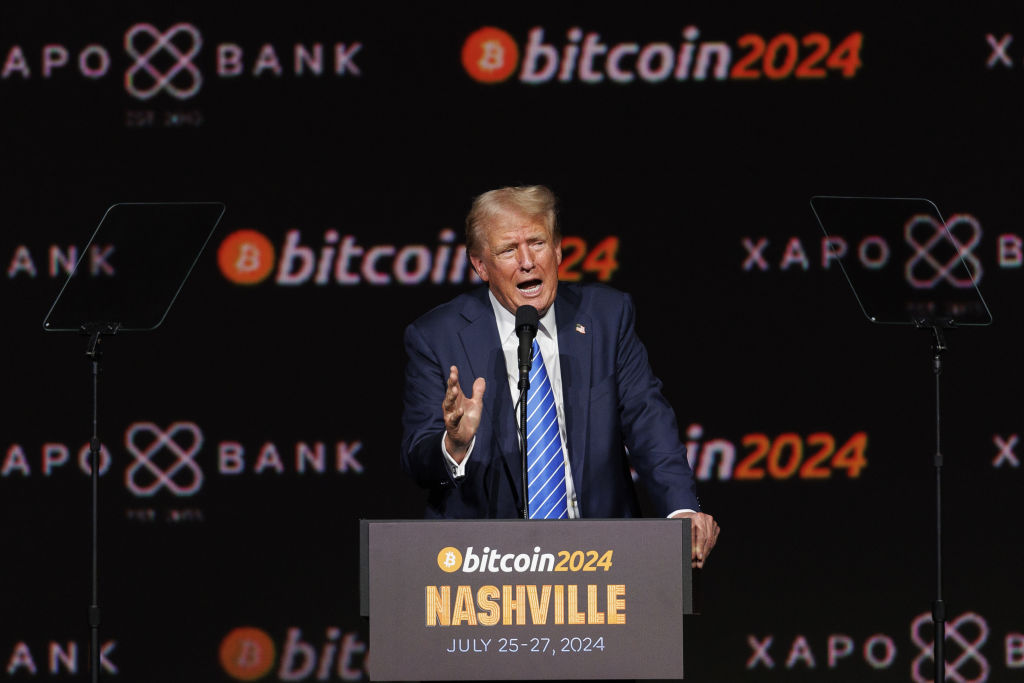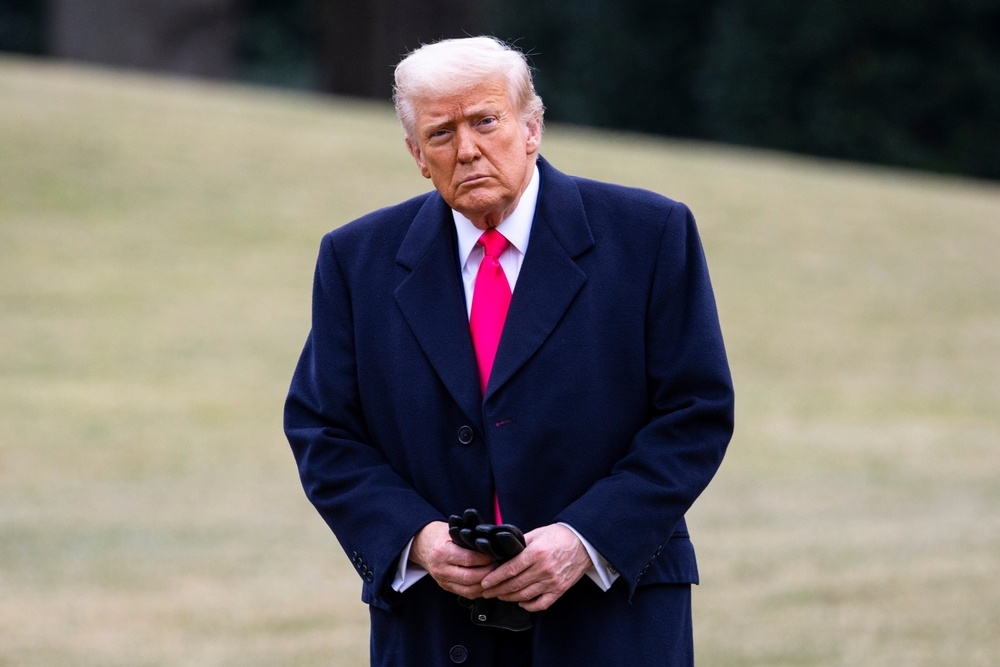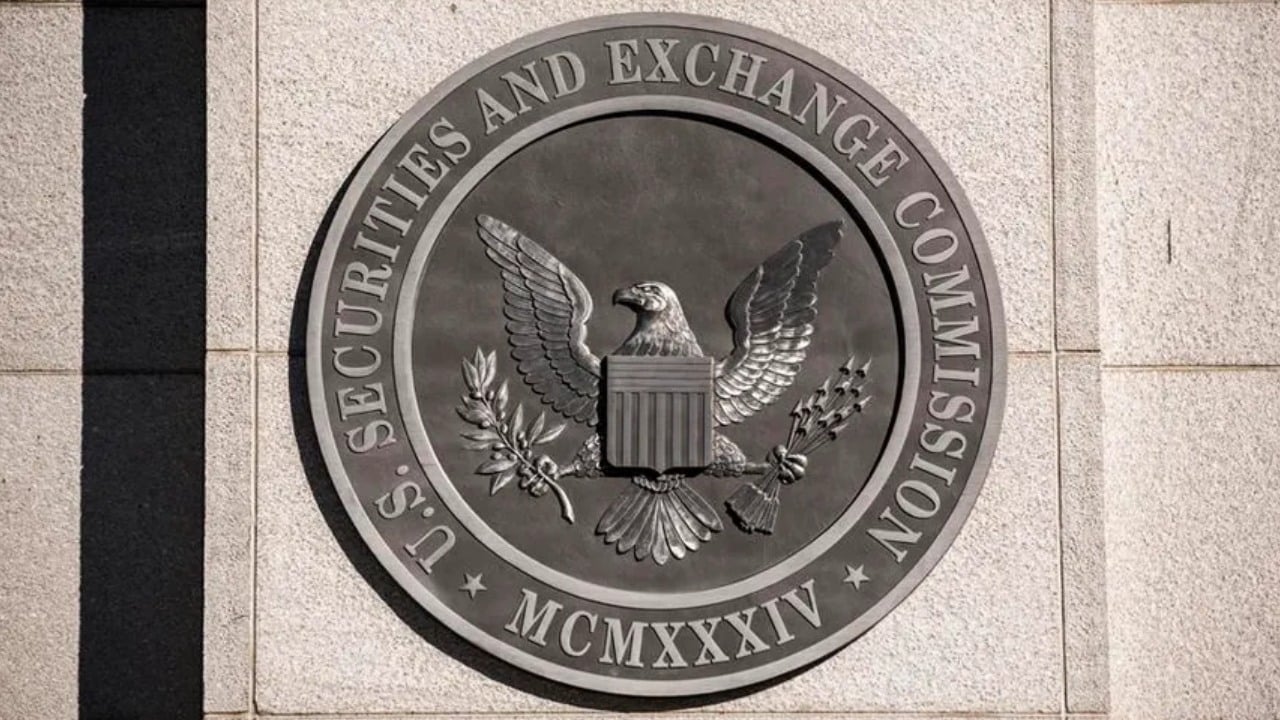In a historic move, President Donald Trump has signed the GENIUS Act into law, marking the first federal regulatory framework for stablecoins in the United States. This legislation establishes guidelines aimed at providing consumer protections and legitimizing the use of cryptocurrencies tethered to stable assets, such as the U.S. dollar. With bipartisan support, the act has been an essential step toward positioning the U.S. as a leader in the rapidly evolving cryptocurrency landscape, which many
Did You Know
In Switzerland, it's illegal to own just one guinea pig because they're prone to loneliness.
?
AD
experts believe is on the brink of mainstream adoption.
During a signing ceremony attended by key industry figures, Trump branded the new law as a potential revolution in financial technology, echoing sentiments about its transformative power akin to the internet. The legislation comes at a time when the cryptocurrency market has seen explosive growth, with its total value recently eclipsing $4 trillion. This landmark act is designed to regulate who can issue stablecoins, allowing this capability solely to authorized financial institutions, and aims to provide necessary safeguards for consumers engaging in digital asset transactions.
As the dust settles on this significant legislative achievement, excitement is tempered by concerns about potential conflicts of interest, as Trump has been reported to have personal investments in cryptocurrency. Additionally, discussions are emerging regarding the implications of this regulatory framework for state-level banking laws and the interplay between traditional finance and innovative digital currencies. The GENIUS Act represents a pivotal moment in the interplay of technology, finance, and regulation, casting the U.S. into a competitive position in the global cryptocurrency arena.
Q&A (Auto-generated by AI)
What are stablecoins and how do they work?
Stablecoins are a type of cryptocurrency designed to maintain a stable value by pegging them to a reserve of assets, such as fiat currencies like the U.S. dollar. This peg helps minimize price volatility, making stablecoins suitable for everyday transactions and as a store of value. They can be backed by various assets, including cash, commodities, or other cryptocurrencies. The GENIUS Act, signed into law by President Trump, establishes a regulatory framework for stablecoins, ensuring they are backed by liquid assets to enhance consumer trust and stability in the crypto market.
What impact could this law have on crypto prices?
The enactment of the GENIUS Act is expected to provide regulatory clarity for the cryptocurrency market, potentially leading to increased investment and confidence among traders. As a result, this could drive up demand and prices for cryptocurrencies, particularly stablecoins. With a more structured regulatory environment, institutional investors may feel more secure entering the market, which could lead to a surge in trading volumes and market capitalization, as evidenced by the crypto market value reaching over $4 trillion following the announcement.
How does the GENIUS Act compare to past regulations?
The GENIUS Act is significant as it represents the first major federal legislation in the U.S. specifically targeting stablecoins and cryptocurrency regulation. Unlike previous attempts that often focused on banning or heavily restricting cryptocurrencies, this law aims to create a framework for their legitimate use and integration into the financial system. It establishes guidelines for the issuance of stablecoins, ensuring they are backed by liquid assets, which contrasts with earlier regulatory approaches that lacked clarity and consistency.
What are the potential risks of stablecoins?
While stablecoins offer benefits like reduced volatility, they also pose several risks. One major concern is the adequacy of the reserves backing these coins; if not properly managed, this could lead to a loss of value. Additionally, regulatory uncertainty can create risks for investors and users, as seen in past market fluctuations. There are also concerns about the potential for stablecoins to facilitate illicit activities due to their digital nature and the anonymity they can provide. The GENIUS Act aims to address some of these risks by establishing clearer regulations.
How might banks adapt to these new regulations?
With the passage of the GENIUS Act, banks may explore issuing their own stablecoins or partnering with existing stablecoin providers to enhance their digital payment offerings. The regulations create a framework that allows banks to operate within a defined legal structure, potentially leading to increased competition in the financial sector. Banks might also develop new financial products that leverage stablecoins for transactions, remittances, and other services, thereby integrating cryptocurrency into traditional banking practices.

















